Want to raise goats to make money? Look, there are several key points for large-scale goat breeding!
Abstract: goats do have a strong ability to resist disease, and are generally not easy to get sick, even if they suffer from the disease, it is often difficult to be found at the initial stage of the disease, but once obvious clinical symptoms are found, it is more serious and it is more difficult to cure. A large number of practices have proved that as long as we do a good job of comprehensive prevention and control in peacetime, many diseases can not occur, and if they occur, they can also be effectively controlled in time. Therefore, it is particularly important to implement the policy of "prevention first" and do a good job of comprehensive prevention and control measures focusing on feeding and management. Breeding managers should pay attention to observe the static, dynamic and dietary status of sheep at any time. Once abnormal performance is found, the cause can be identified as soon as possible, so as to early detection and early treatment, prevent the aggravation or spread of the epidemic, and reduce the economic losses caused by the disease. The following details to understand: several matters that should be paid attention to in goat breeding several key points for large-scale goat breeding.

Several matters needing attention in breeding Goat
1. Variety selection
Goat breeds are divided into wool, dairy, meat and dual-purpose types. Wool breeds are generally suitable for cold weather areas in the north, and sheep raised in this environment have the best wool quality and can grow fluff, while in the south, when it is humid and muggy, they do not grow fluff, only hair, and no economic benefits. At present, the market prospect of dairy varieties is good, but the consumer groups are in more high-end cities. at present, the sheep dairy industry has not formed an industrial chain like the dairy industry. Farmers should be careful to choose dairy goats, and it is best to introduce and raise dairy goats after marketing investigation. Meat sheep is a suitable breed for raising in the world.
2. Location selection
Sufficient grass sources, convenient transportation and communication, and certain energy supply conditions should be selected, more than 1000 meters away from the residents' living areas, sufficient water supply, clean and no pollution sources, no sewage plants and mines in the upstream area, and no parasitic pollution hazard areas. land that can be drained and not waterlogged for farming.
3. Construction of sheep shed
Sheep is one of the most clean animals, it likes dry, well-ventilated environment, the most afraid of wet environment. The sheep house should have a certain ability of disaster prevention and disaster resistance, with sunny south slope, high topography, low groundwater level, good ventilation and dry land, and should not be selected in low-lying waterlogging land, mountain torrent waterway and winter tuyere. Therefore, the construction of the sheep house had better be a bell tower, sitting north and facing south, especially to build a building network so that feces and urine can be drained in time. There shall be a ram room, a pregnant ewe room and a lambing room in the sheep house. The isolation room, manure storage tank and corpse pit should be located in the leeward direction of the sheep house and more than 500 meters away from the sheep house.
4. Preparation of materials and medicines
Before entering the ring, goats should have enough food and forage for a rainy and snowy day. Commonly used drugs should also be prepared, such as antibacterial and anti-inflammatory drugs, antipyretic analgesics, antipyretic and antidiarrheal drugs, etc.

5. Selection and purchase of breeding goats
The coat color, head shape, horn and body type of the breeder sheep should meet the standard of breed characteristics, with bright, lively and healthy coat, bright eyes, exuberant appetite, normal breathing and body temperature, strong limbs and good body condition. The ratio of ram to ewe is 1 ∶ 30. At the time of purchase, there must be a quarantine certificate issued by the seller's veterinary administrative department. When choosing and buying sheep, you should ask the owner in detail about the relevant immunization procedures, vaccine types and immunization time of the goats purchased, so as to arrange supplementary immunity after buying back the goats. After repurchase, it should be kept in isolation for 20 to 30 days, and conditional sheep farms should also draw blood to be tested to confirm whether there is a hidden infection of some diseases.
6. Feeding and management
Breeding and management should be careful and thoughtful. Under the natural conditions in northern Fujian, mutton sheep can graze all the year round and replenish concentrate properly. There is a lot of dew in the morning, it is generally appropriate to graze in the afternoon, and when grazing back to the sheep house every day, prepare some salt water for sheep to drink.
7. Epidemic disease prevention and control
Do a good job in sanitary disinfection, formulate scientific immunization procedures strictly according to various epidemic diseases, and deworming goats in vivo and in vitro regularly in the Spring and Autumn period. Several vaccination methods for goats are recommended:
The main results are as follows: (1) Type O-Asian type I inactivated foot-and-mouth disease vaccine: subcutaneous injection, 1 ml / mouse aged 4 ~ 12 months, 2 ml / mouse over 12 months old, immunization period for half a year, March and September every year.
(2) small ruminant veterinary vaccine: all sheep (except suckling lambs) were immunized once a year, and the immunization period was one year, which was subcutaneously injected into the neck and diluted into 1 dose per milliliter with normal saline.
(3) Live goat pox vaccine: subcutaneous or intradermal injection, regardless of the size of the sheep, 0.5 ml each, the immunization period is 1 year.
(4) inactivated vaccine against sheep triple and quadruple prevention: to prevent sheep fast plague, sheep fulmination, sheep enterotoxemia, lamb dysentery, subcutaneous or intramuscular injection, no matter the size of each animal is 5ml, the immunization period is half a year, late February, early March and late September every year.
(5) inactivated goat infectious pleuropneumonia vaccine: subcutaneous or intramuscular injection, under 6 months old 3 ml / mouse, over 6 months old 5 ml / mouse, immunity period 1 year.
(6) Live sheep aphtha vaccine: oral mucosal injection, regardless of sheep size, 0.2 ml per animal, once in March and September every year.
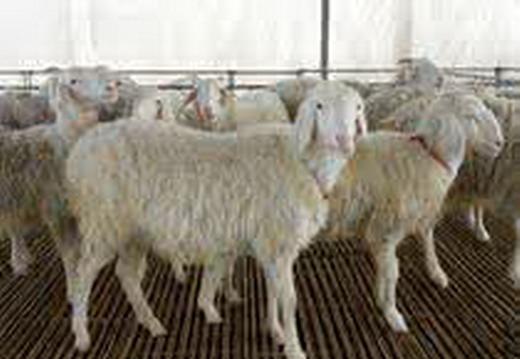
Several points for attention in large-scale breeding of Goat
First, build a house
The sheep house should choose the place where the terrain is high and dry and the sun is leeward, leave 10-20 square meters in front of the sheep house, and install fixed feeding trough and drinking water utensils. There should be drains on the outside, and bamboo mats or cement should be laid inside the house. In winter, plastic film should be used to buckle the shed in cold areas, which can increase the temperature of sheep shed by 4-7 ℃, which is beneficial to the growth of sheep. Take turns to choose different types of disinfectants, such as 20% lime milk, 10% bleach solution, etc., to disinfect sheep houses, playgrounds, feeding troughs, drinking utensils, feeding tools and enclosures regularly.
Second, give up
According to the mode of industrial production, sheep of different ages, different breeds and different physical conditions should be raised in separate houses, and special delivery rooms and lamb houses, mutton sheds, ewe houses, ram houses, sick sheep isolation houses should be set up, and matched with corresponding feeding and management measures.
III. Feed
Sheep are livestock that mainly eat coarse feed and supplemented by concentrate. The best way to raise sheep on a large scale is to "recommend raising sheep" so that you can eat fresh grass all the year round. Sheep farmers should open up special land for green feed and artificially plant forage grasses such as alfalfa and ryegrass. In addition to feeding grass in summer and autumn, grass can also be dried in the sun or made into silage to feed sheep after harvest in autumn. Corn can also be planted for silage for sheep to feed all the year round. When preparing concentrate feed, we should not only have a certain amount of corn, but also match protein feed such as soybean meal, wheat bran, fish meal and bone meal in proportion. In addition, if an appropriate amount of rumen metabolic regulators, urea sustained-release agents and other compound feed additives were added, the benefit would be better. In addition, large-scale sheep breeding must have clean drinking water for sheep to drink.
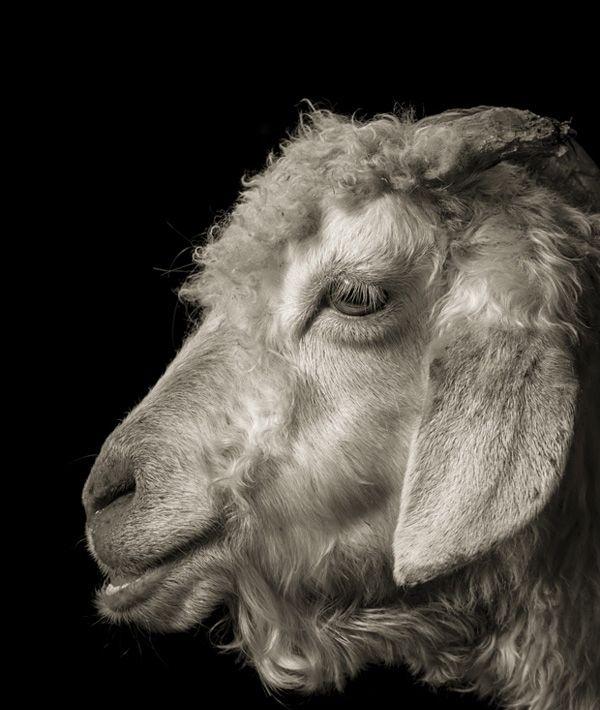
4. Selection of species
According to local conditions, excellent varieties with large size, fast growth, high reproduction rate, strong adaptability, good meat quality and high benefit were selected. The choice of male parent is South African Boer goat, followed by Horse head Goat in China, and female parent can choose Saaneng Milk Goat, Hebei White Goat and so on.
5. Mating
Regularly exchange breeding rams from other places, give ear numbers to male and female sheep for breeding and compile breeding files, record in detail the serial number, mating time, breeding mode and lambing situation of breeding sheep, and control the breeding of male and female sheep in a planned manner. to avoid breed degradation caused by inbreeding.
VI. Scale
The appropriate scale of raising sheep can be determined according to the amount of arable land available to the family, the amount of forage feed, labor and the amount of funds invested. Generally, it is appropriate to raise about 20 ewes that can breed, with an annual income of up to 10,000 yuan. As families may not be able to come up with so much money at once, do not covet the scale at the beginning of breeding, but constantly explore and sum up breeding experience and take a snowball approach to development.
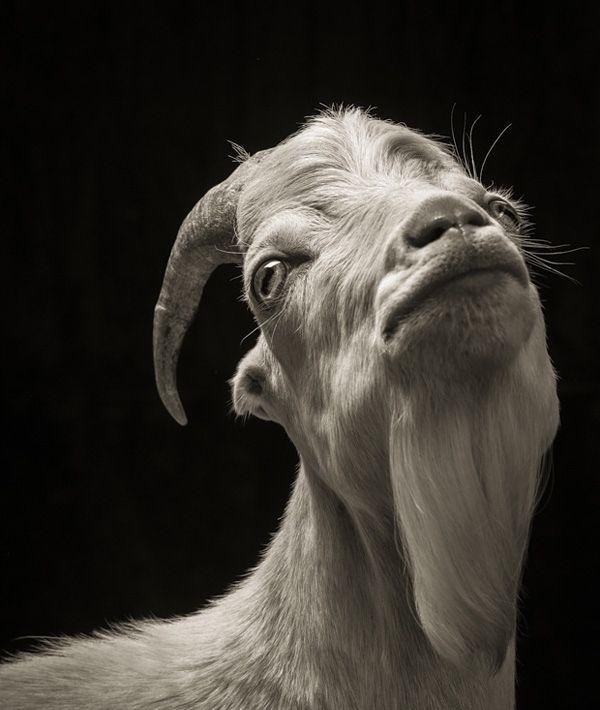
VII. Management
Large-scale sheep breeding should be based on self-breeding and reasonable grouping. If grazing, it is necessary to divide the area and rotate grazing. And pay attention to brushing, foot repair and other management work.
VIII. Castration
Lambs used for fattening should be castrated within 7-21 days after birth. Castration at this time is conducive to improve the quality of meat, and make it docile, easy to manage, rapid fattening.
IX. Density
Sheep is a ruminant, which spends a long time in the day picking forage and ruminating. Therefore, there should be sufficient trough and activity space in the sheep's enclosure, and each sheep should have an activity area of 1.5-2.5 square meters.
10. Disease prevention
Goats raised in groups are prone to disease, mainly lamb dysentery, streptococcosis, infectious pustules, nematodes, sheep lice and so on. In order to implement the policy of "prevention is more important than cure", we should also do a good job in vaccination and comprehensive prevention and treatment of key diseases.

Dear breeding friends, from now on, follow the official Wechat account: (pig Animal Husbandry / dfjyzxm), what are the breeding problems, market analysis, breeding doubts, disease prevention and treatment, policy interpretation we will have a professional teacher to reply to you as soon as possible!
- Prev
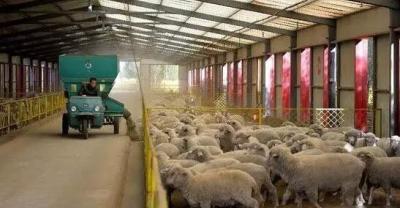
How should wood fragrant flowers be cultivated and cultivated? Cultivation and Culture techniques of Mushroom Flower
Muxiang flower is a kind of flower that sounds very gentle no matter its name or appearance. It has high horticultural value. Its root can also be used as traditional Chinese medicine.
- Next
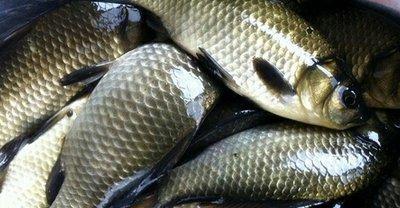
Post station for farmers: learning freshwater crayfish culture techniques there is a guarantee for lobster culture to get rich next year
Hefei is a famous land of fish and rice in China. Chaohu Lake, one of the five largest freshwater lakes in China, has a large water area of 153000 hm2. Water resources in Hefei.
Related
- On the eggshell is a badge full of pride. British Poultry Egg Market and Consumer observation
- British study: 72% of Britons are willing to buy native eggs raised by insects
- Guidelines for friendly egg production revised the increase of space in chicken sheds can not be forced to change feathers and lay eggs.
- Risk of delay in customs clearance Australia suspends lobster exports to China
- Pig semen-the Vector of virus Transmission (4)
- Pig semen-the Vector of virus Transmission (3)
- Five common causes of difficult control of classical swine fever in clinic and their countermeasures
- Foot-and-mouth disease is the most effective way to prevent it!
- PED is the number one killer of piglets and has to be guarded against in autumn and winter.
- What is "yellow fat pig"? Have you ever heard the pig collector talk about "yellow fat pig"?

